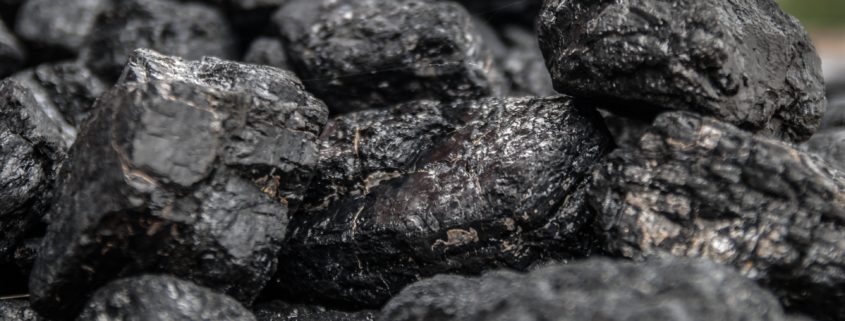Coal in cosmetics - What is activated carbon?
What is activated carbon?
Activated carbon is coarse to fine-grained coal with a very large surface area. It finds application in many areas from industry, medicine, to home technology. It is usually sold as grains or fine-grained powder.[1]
How does activated carbon work?
Activated carbon has a huge surface. With between 300 and 2000m2 / g, one gram of A-Co has about the surface of a football field. With this very large surface also come very large surface forces. Due to these forces, the A-coal is able to bind any particles. Such particles include dust and dirt particles or poisonous, colored and aromatic substances. [2]
How is activated carbon produced?
Activated carbon is produced from any sources of carbon, such as plant material, but also by hard coal and lignite. In this process, organic compounds are treated chemically or physically until mainly carbon is left over. Subsequently, this coal is "activated" by reacting, by oxidation with water vapor or atmospheric oxygen, parts of the carbon in carbon monoxide and then in carbon dioxide. This creates a holey, spongy network of activated carbon. [3]
Where is activated carbon used?
A coal is used in cleaning and processing in air conditioning and ventilation systems, as a carrier of catalysts and workup agents in the chemical industry, as a toxicant-binding substance in medicine, for the removal of undesirable flavors, or dyes in food (eg in vodka and Rum), used as a filter in respirators and as aquarium, pond and drinking water filter. In addition, it is used in cosmetics, in toothpaste, where it has a whitening, and in face masks, in which it has a fat and dirt binding effect.[4]
Sources and information to read:
Wikipedia[1][2][3][4]




Leave a Reply
Want to join the discussion?Feel free to contribute!